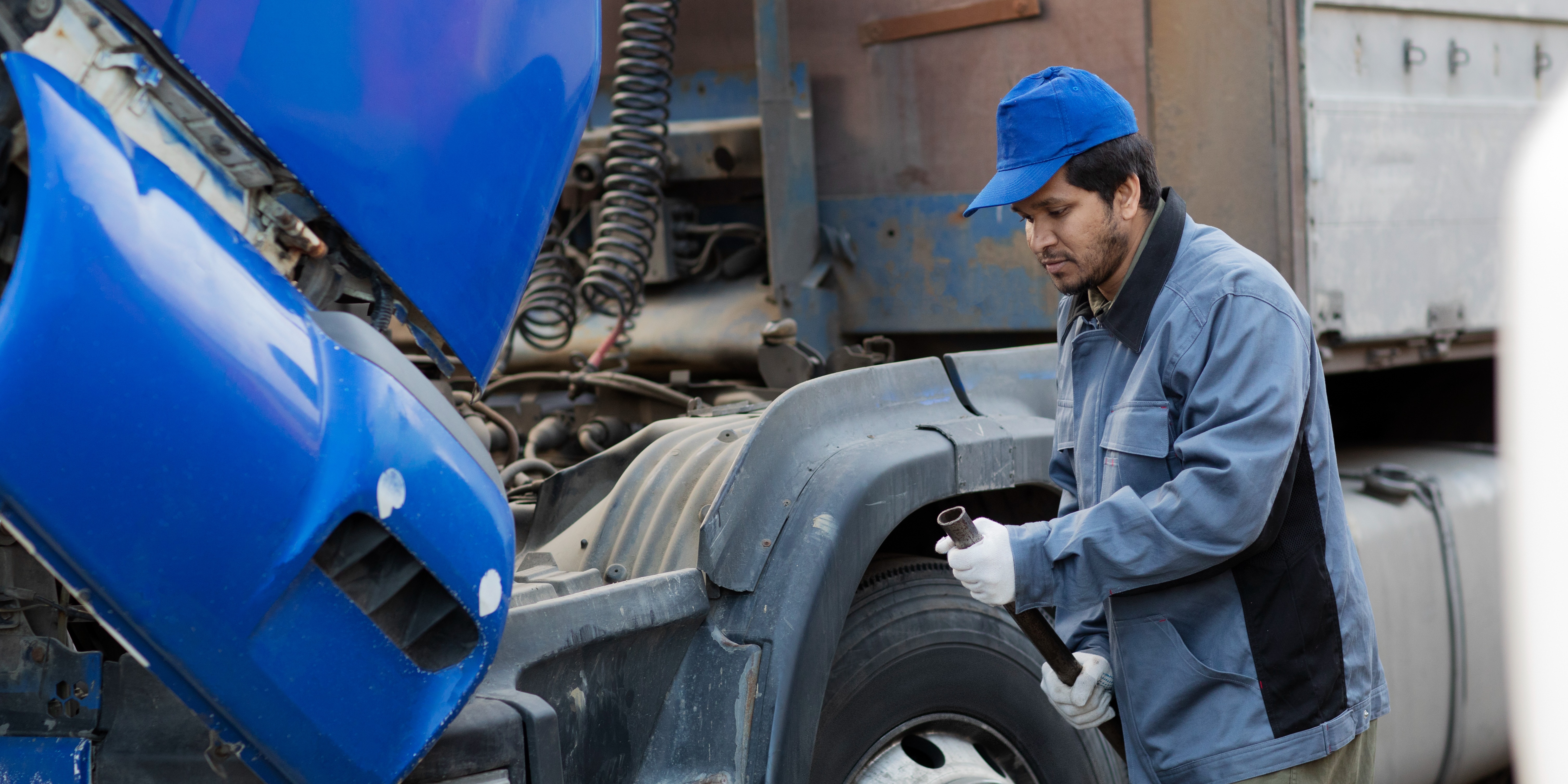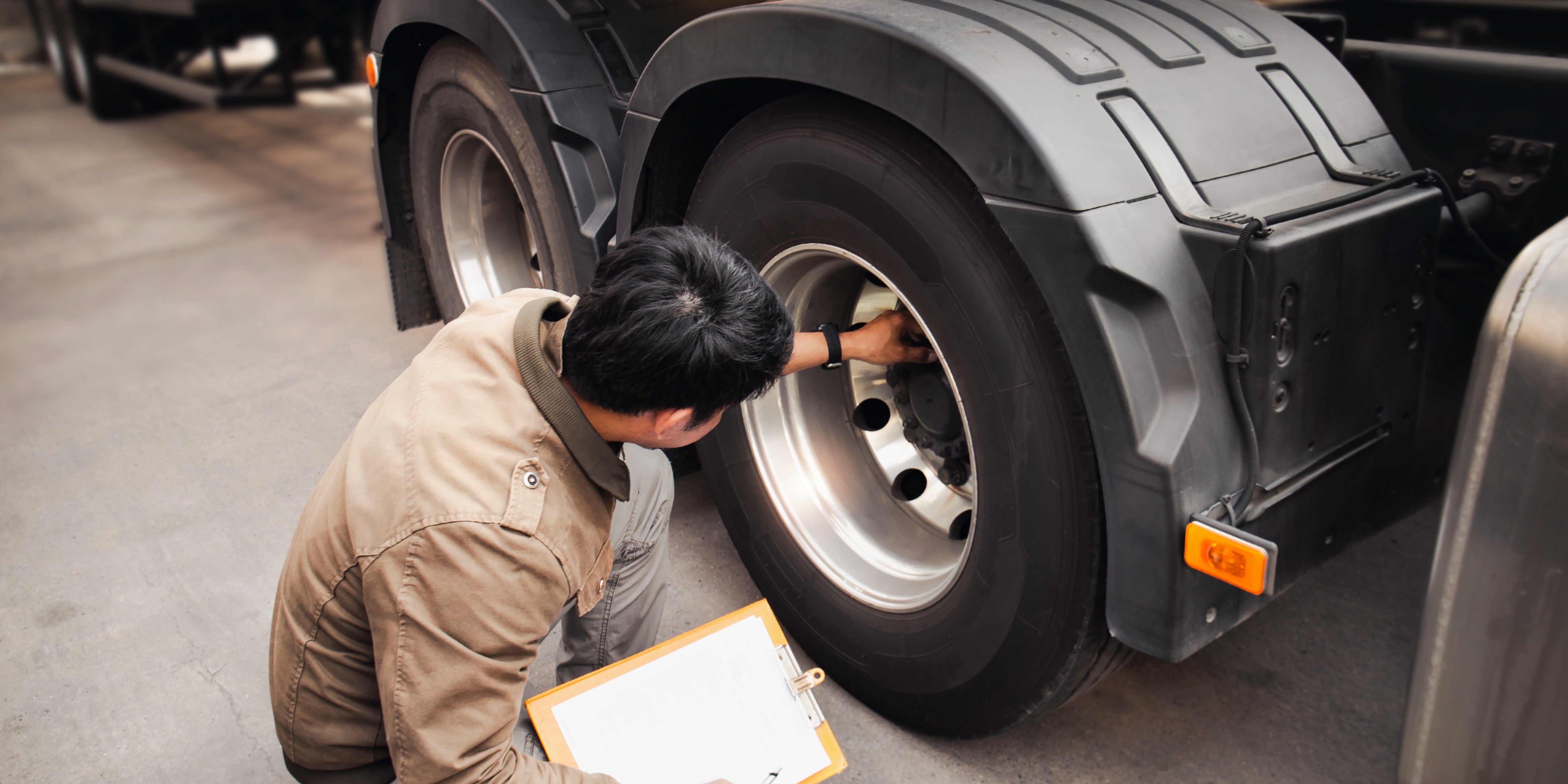
Post-Service Follow-Ups: Ensuring Repeat Business in Heavy-Duty Repair
In heavy-duty repair, the math is simple: it costs far more to win a new fleet account than to keep an existing one. Research shows acquiring a new customer can cost 5-10× more than retaining a current one, while even a modest 5% increase in retention can boost profits 25-95%. For heavy-duty shops - where fleet clients may bring in hundreds of thousands in long-term work - every follow-up call, email, or text that brings a customer back is money in the bank.
Post-service follow-ups aren’t just polite - they’re a profit lever. They build trust, catch small problems before they escalate, and keep your shop top of mind when fleets are deciding where to send their trucks. The good news? With today’s SaaS tools, follow-ups can be automated, personalized, and directly tied to compliance schedules and telematics data.
Why Follow-Ups Matter in Heavy-Duty Shops
1. The Cost of Downtime
Every truck off the road costs a fleet $450-$760 per day. If your shop misses a chance to remind a customer about an inspection, PM, or repair, that downtime cost can balloon - and your shop loses the opportunity to fill a bay. A simple follow-up prevents surprise breakdowns and positions your shop as a partner in uptime.
2. Customer Expectations Have Changed
Fleet managers expect more than transactional service. They want shops that check in, track compliance dates, and anticipate needs. A quick call (“Just checking how that injector repair is holding up”) reassures them you care, while silence signals indifference - and leaves the door open for competitors.
3. The Lifetime Value of Loyalty
Loyal heavy-equipment customers spend dramatically more over time. Studies show repeat buyers spend 4.1× more on service and 5.6× more on parts in later years than in their first year. One lost follow-up could mean losing a client worth six figures in lifetime revenue.
Best Practices for Post-Service Follow-Ups
Timing is Everything
- Follow up within 48 hours of major repairs to confirm satisfaction and performance.
- Schedule reminders for recommended maintenance items noted during inspections.
- Use recurring touchpoints (like quarterly check-ins) for key fleet accounts.
Keep it Personal, Not Generic
Fleet managers can smell a mass email a mile away. Instead, reference the specific repair:
- “How’s the truck running since we replaced the turbo last week?”
- “Just checking that the brake adjustments we made are holding up on your trailers.”
Personal attention outperforms generic postcards or marketing blasts every time.
Use Follow-Ups to Gather Feedback
Don’t treat follow-ups as sales pitches. Instead:
- Ask if the repair solved the issue.
- Invite feedback on service speed, quality, or communication.
- Address any complaints immediately - turning a potential detractor into a loyal advocate.
Remind Customers of Upcoming Needs
During inspections, techs often flag future maintenance items. Use follow-ups to bring these back:
- “We noted your DPF filter is nearing service - want to schedule now to avoid downtime?”
- “Your DOT inspection is due next month - let’s book it before you’re out of compliance.”
This demonstrates foresight and keeps your bays booked in advance.
Multi-Channel Outreach
Use a mix of calls, texts, and emails to reach busy drivers and fleet managers. For fleets managing dozens of trucks, digital reminders are more effective than a single voicemail. Just remember: frequency matters less than relevance - always tie your message to the truck or service history.
Automating Follow-Ups with Technology
Tracking follow-ups manually is error-prone and time-intensive. That’s where SaaS tools like ShopView step in.
CRM and Automated Reminders
- Automatically send texts or emails after service completion.
- Tag repair orders with follow-up tasks so nothing slips through.
- Generate reminders based on odometer readings or engine hours instead of guesswork.
Telematics Integration
By syncing with Samsara, Geotab, Motive, and other telematics platforms, ShopView can:
- Trigger a service reminder when a fault code appears.
- Auto-schedule work orders when a truck hits a mileage threshold.
- Alert both shop and customer before small issues turn into breakdowns.
Compliance Integration
DOT and DVIR deadlines are headaches for fleets. ShopView ties DVIR defects and DOT requirements directly to repair workflows. That means your follow-ups can say:
- “We saw DVIR noted a brake light issue - let’s get that in before your next DOT inspection.”
This shifts your shop from being reactive to being an indispensable compliance partner.
Customer Portal and Transparency
Give fleets a login where they can:
- View repair history and upcoming service needs.
- Approve work orders digitally.
- Track open jobs in real time.
This transparency reduces friction and makes your shop easier to work with - another retention booster.
ROI of Strong Follow-Up Practices
More Profitable Bays
Shops that excel at follow-ups see 20-30% higher average repair orders (AROs) because customers trust and approve more recommended work.
More Wrench Hours, Less Admin Time
Automated workflows save ~1.5 hours per tech per day. One ShopView shop cut repair order processing from 12 minutes to 4, saving 50+ admin hours a month. That’s time redirected to revenue-producing wrench work.
Preventing Lost Revenue
One shop using ShopView recovered $100K+ annually in missed jobs - work that used to fall through the cracks without follow-up reminders.
Faster ROI from SaaS Adoption
Most heavy-duty shops adopting ShopView see ROI within 60-90 days:
- Bays filled from proactive scheduling.
- Labor captured more accurately.
- Customers retained through consistent outreach.
Why ShopView is the Heavy-Duty Advantage
Generic auto shop CRMs can’t handle the complexity of diesel fleets, trailers, and construction equipment. ShopView is built for parts-heavy jobs, DOT compliance, multi-day repairs, and multi-location shops. Features like telematics integration, customizable checklists, and centralized dashboards give you tools purpose-built for the heavy-duty world.
As the industry moves digital (with SaaS adoption projected to grow from ~20% today to 50-60% by 2030), shops relying on clipboards and whiteboards will be left behind. Those who automate now will lead in customer satisfaction, compliance, and profitability.
Conclusion: Don’t Let Customers Slip Away
In heavy-duty repair, customer retention isn’t just about being polite - it’s about protecting revenue and maximizing profit per bay. A quick call, a timely text, or an automated reminder can turn one job into a decade-long account.
The formula is clear:
- Follow up quickly after service.
- Keep it personal and reference actual repairs.
- Remind customers of upcoming needs before they become emergencies.
- Automate with ShopView to ensure no fleet slips through the cracks.
👉 Ready to boost retention and profits? Book a free demo of ShopView and see how post-service follow-ups become a growth engine for your shop.
.png?width=1500&height=1500&name=11%20(1).png)








.png?width=1500&height=1500&name=1%20(1).png)

%20-%20Copy.png?width=1500&height=1500&name=2%20(1)%20-%20Copy.png)



